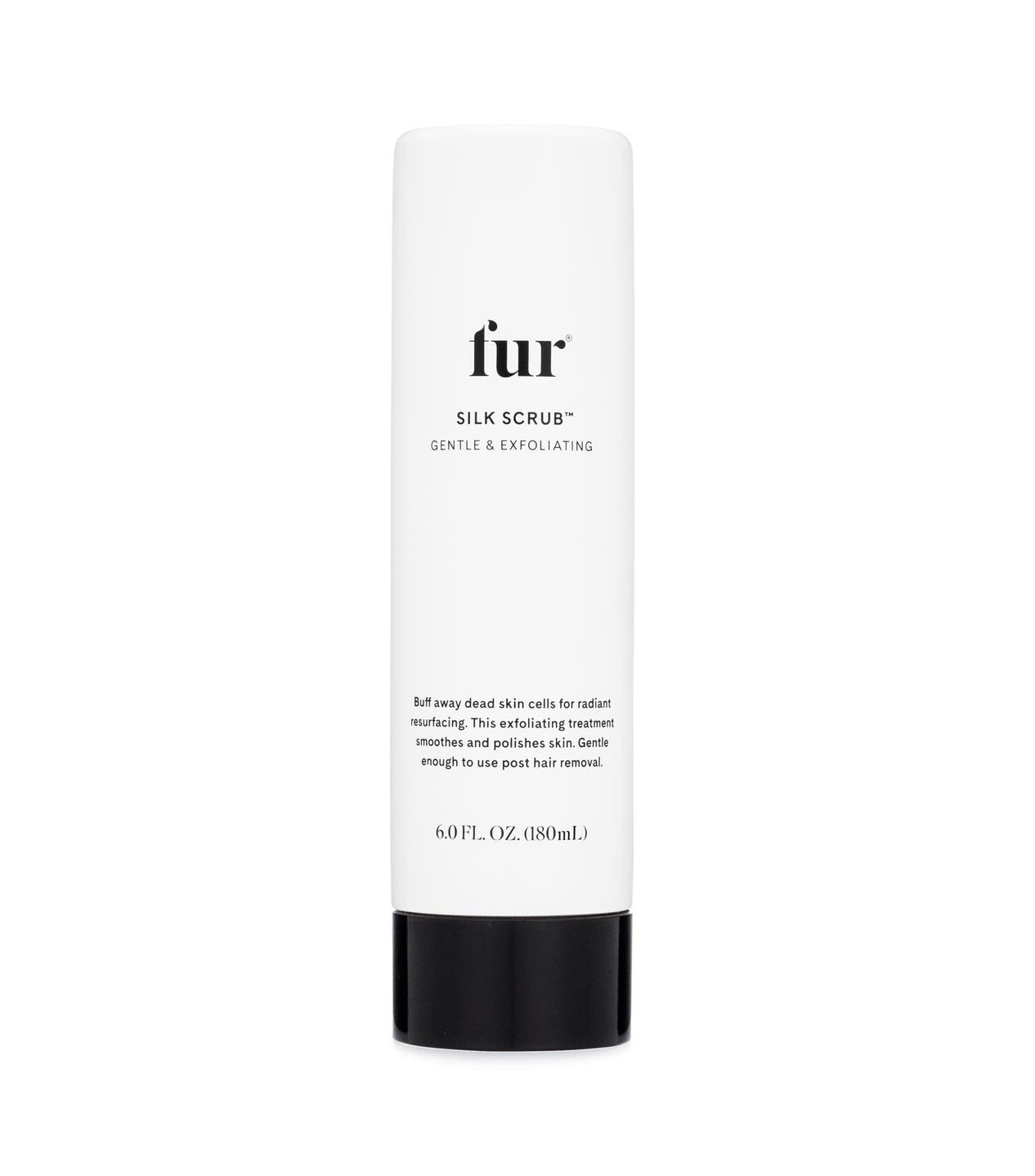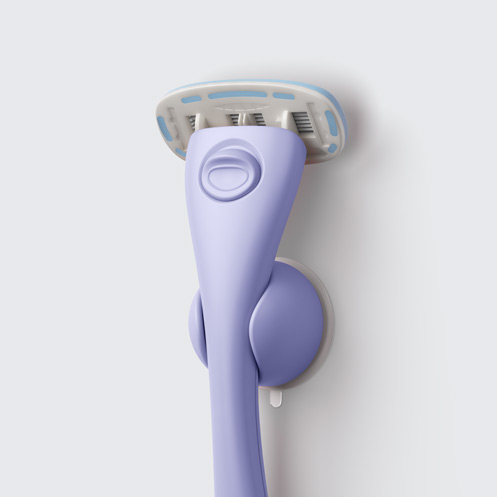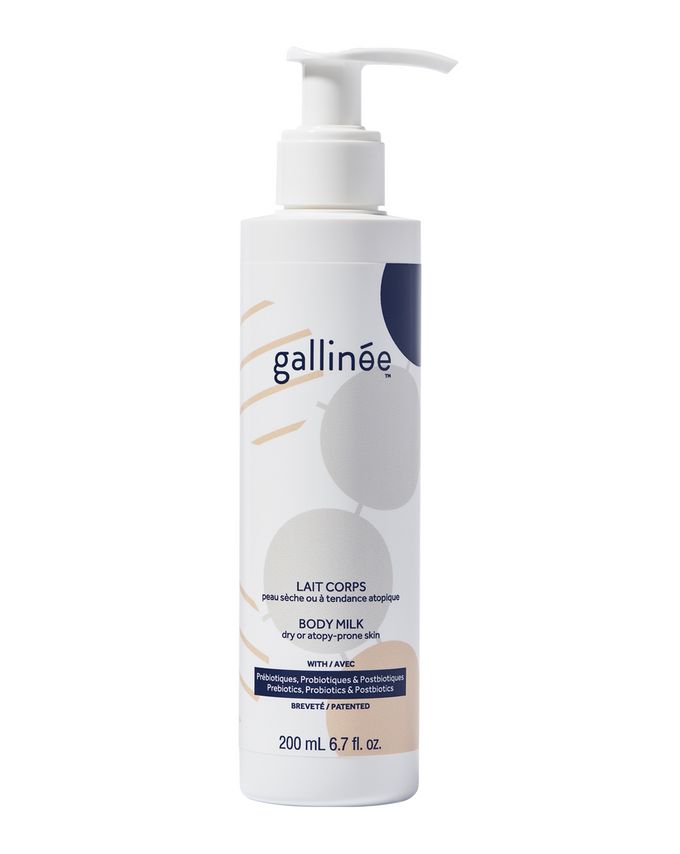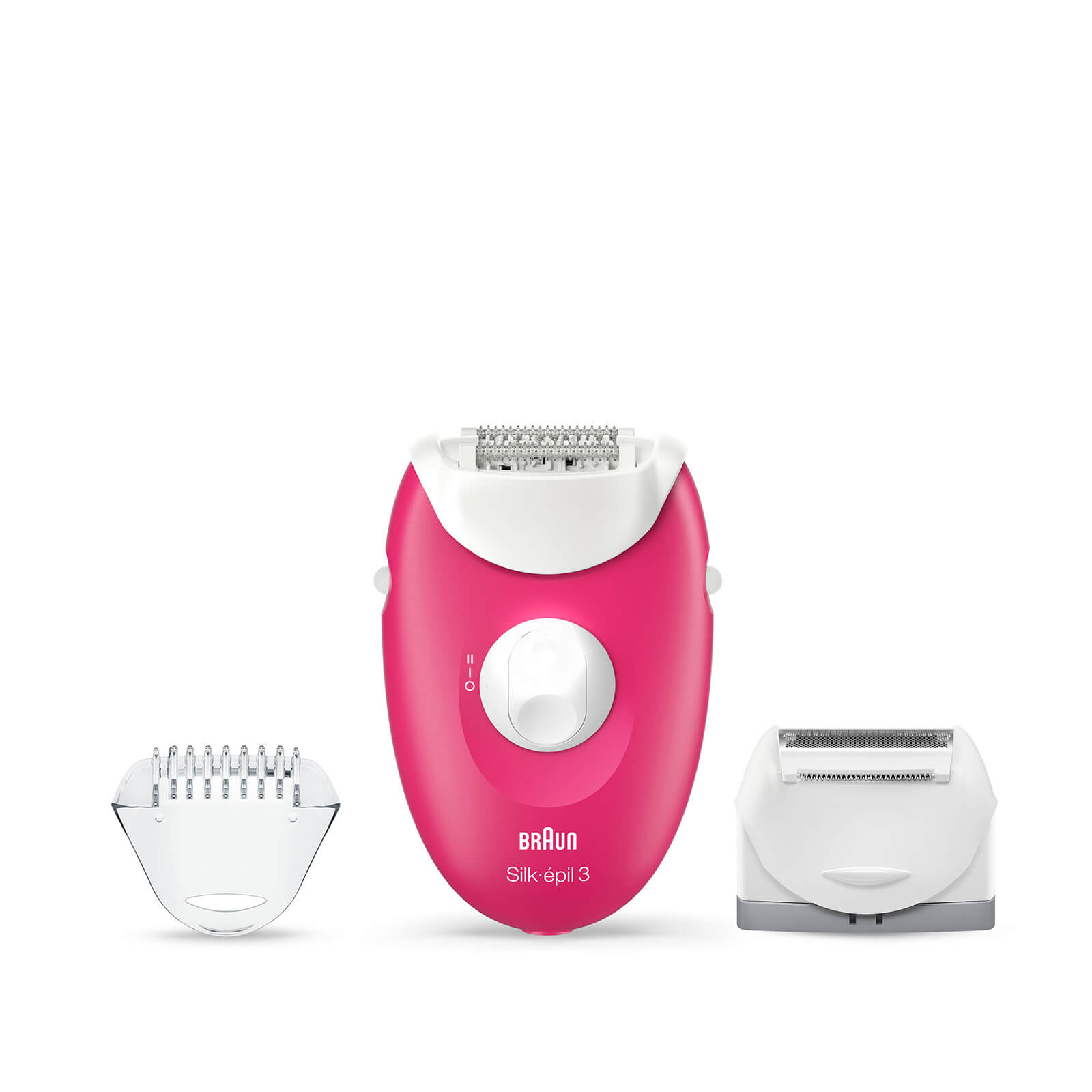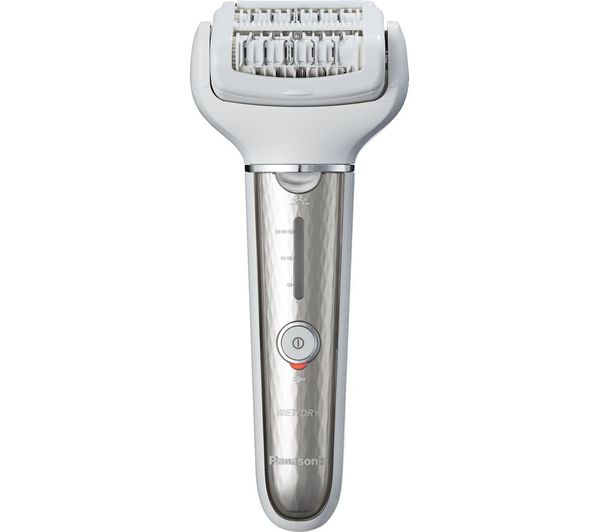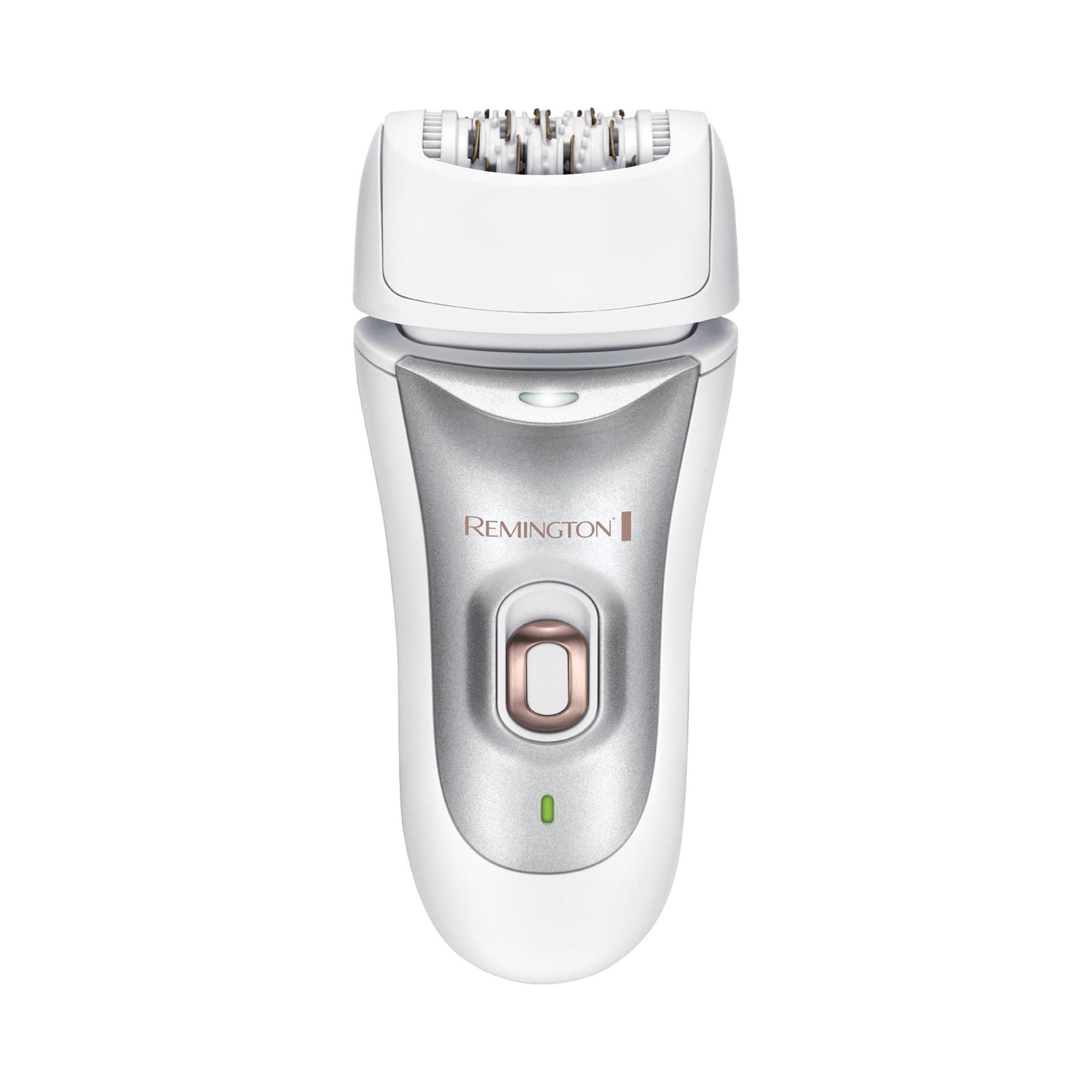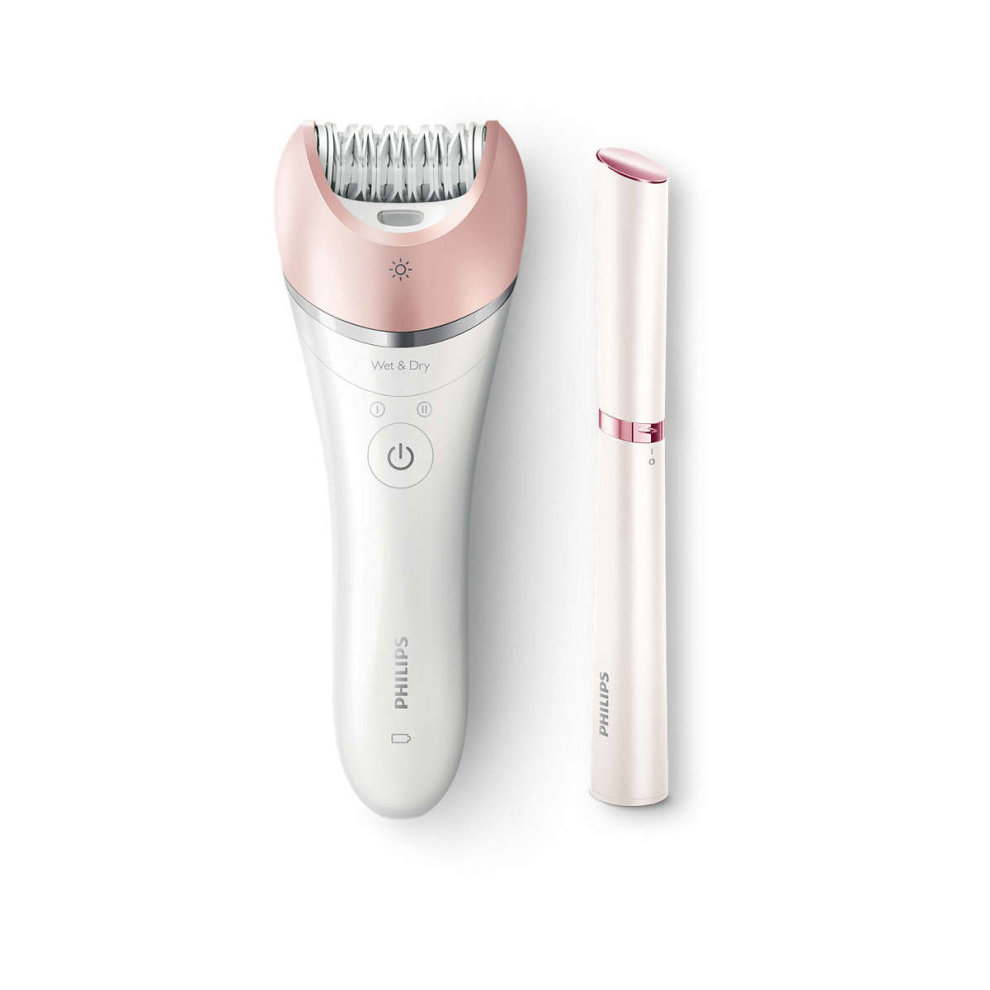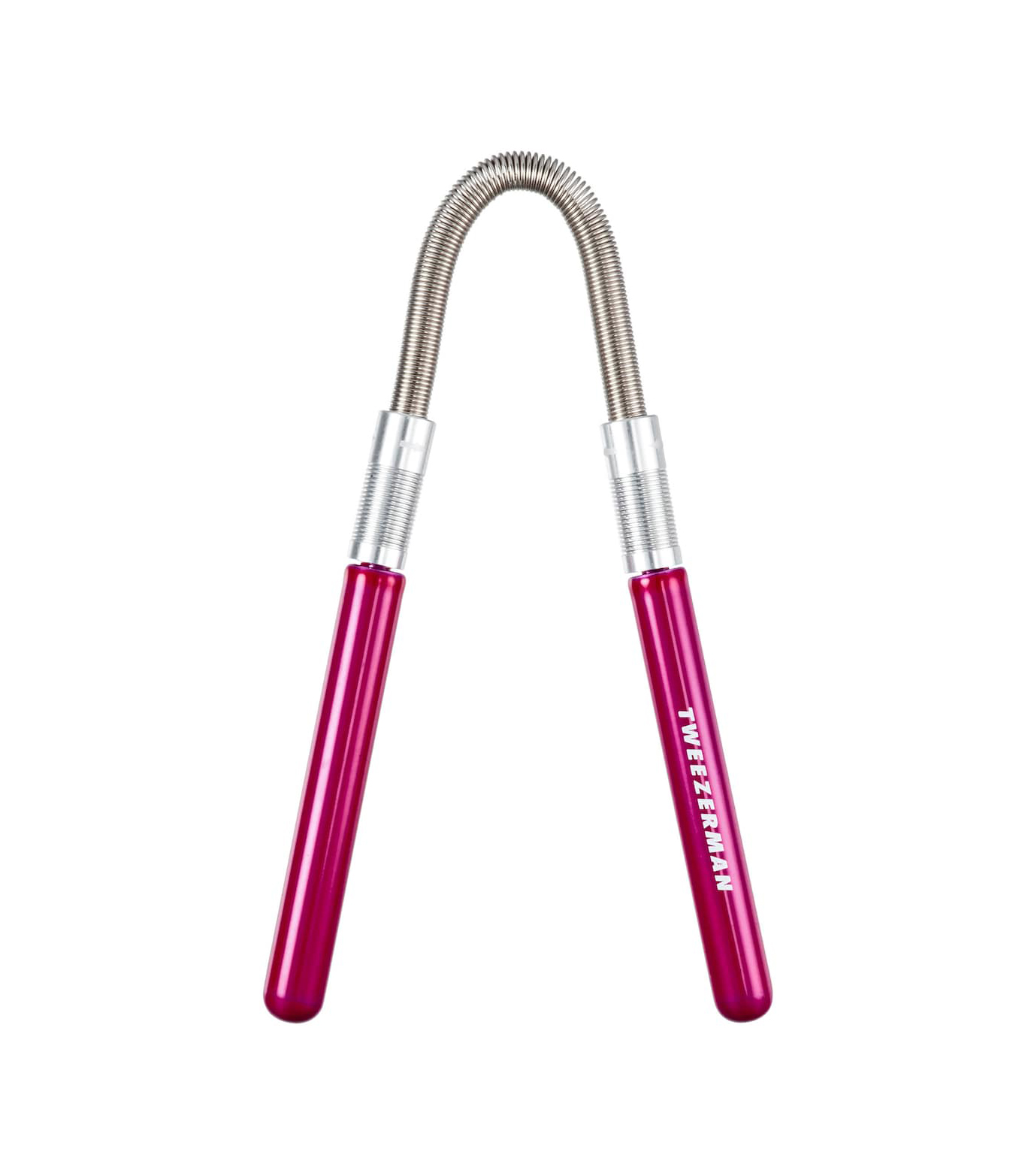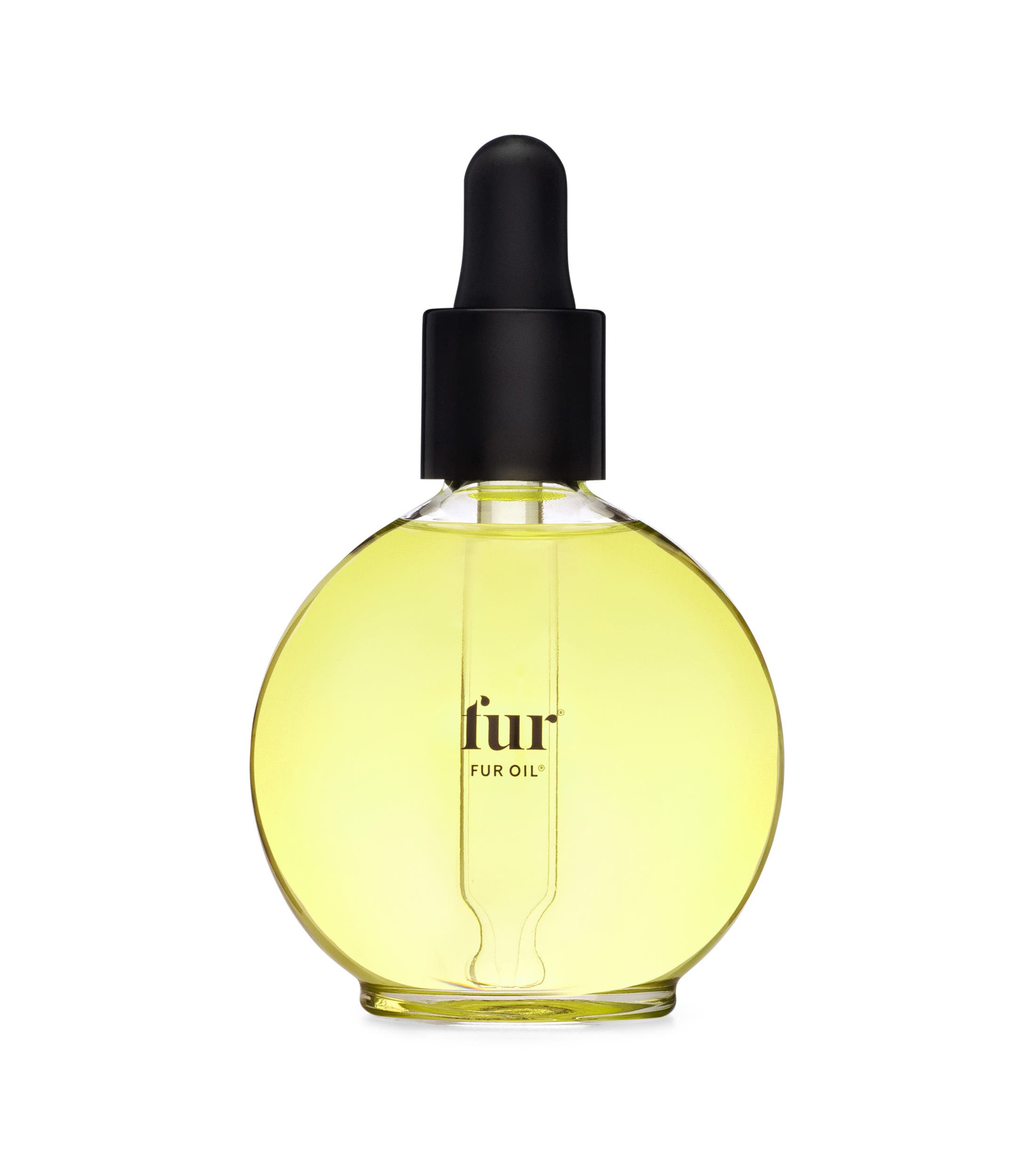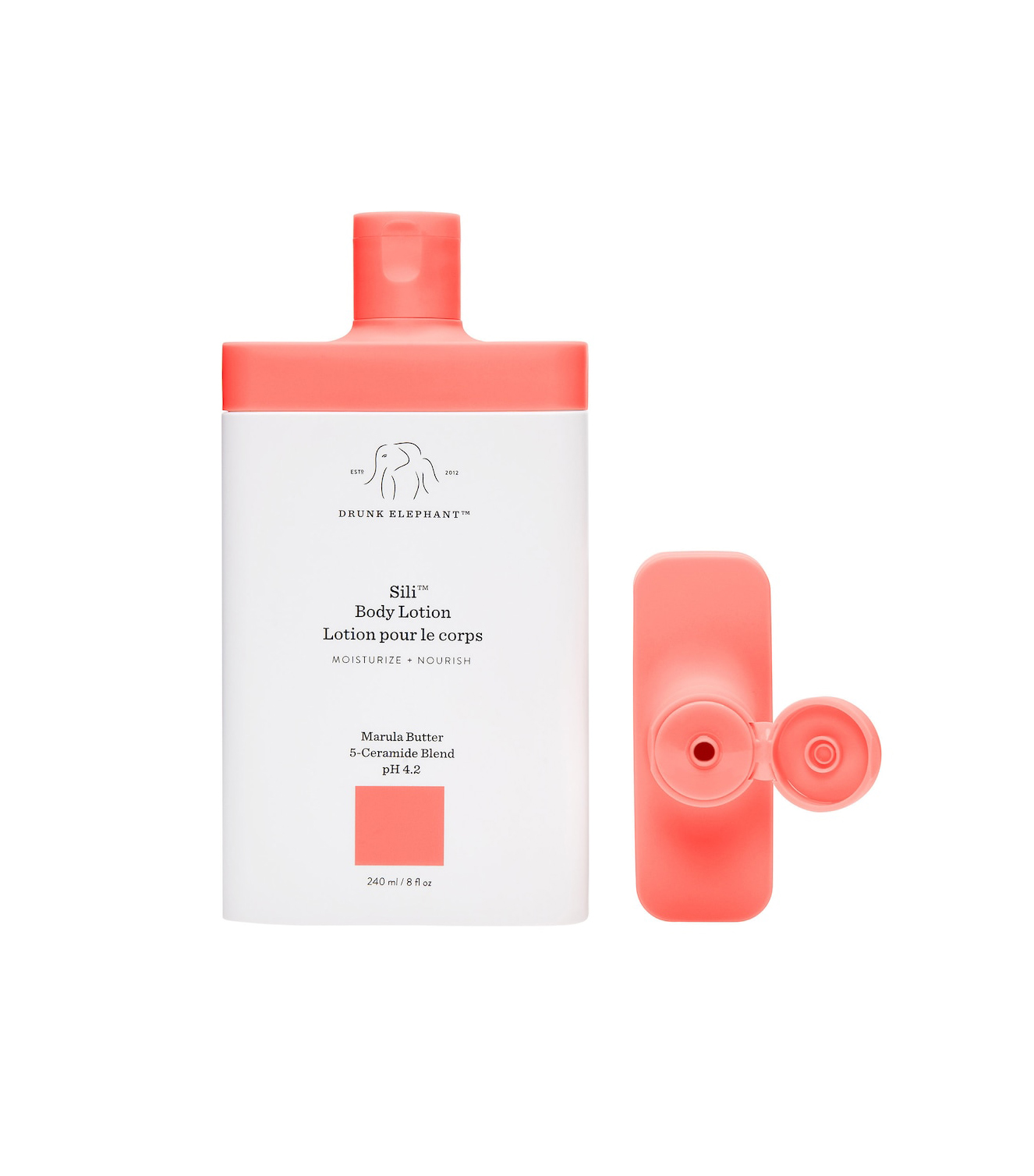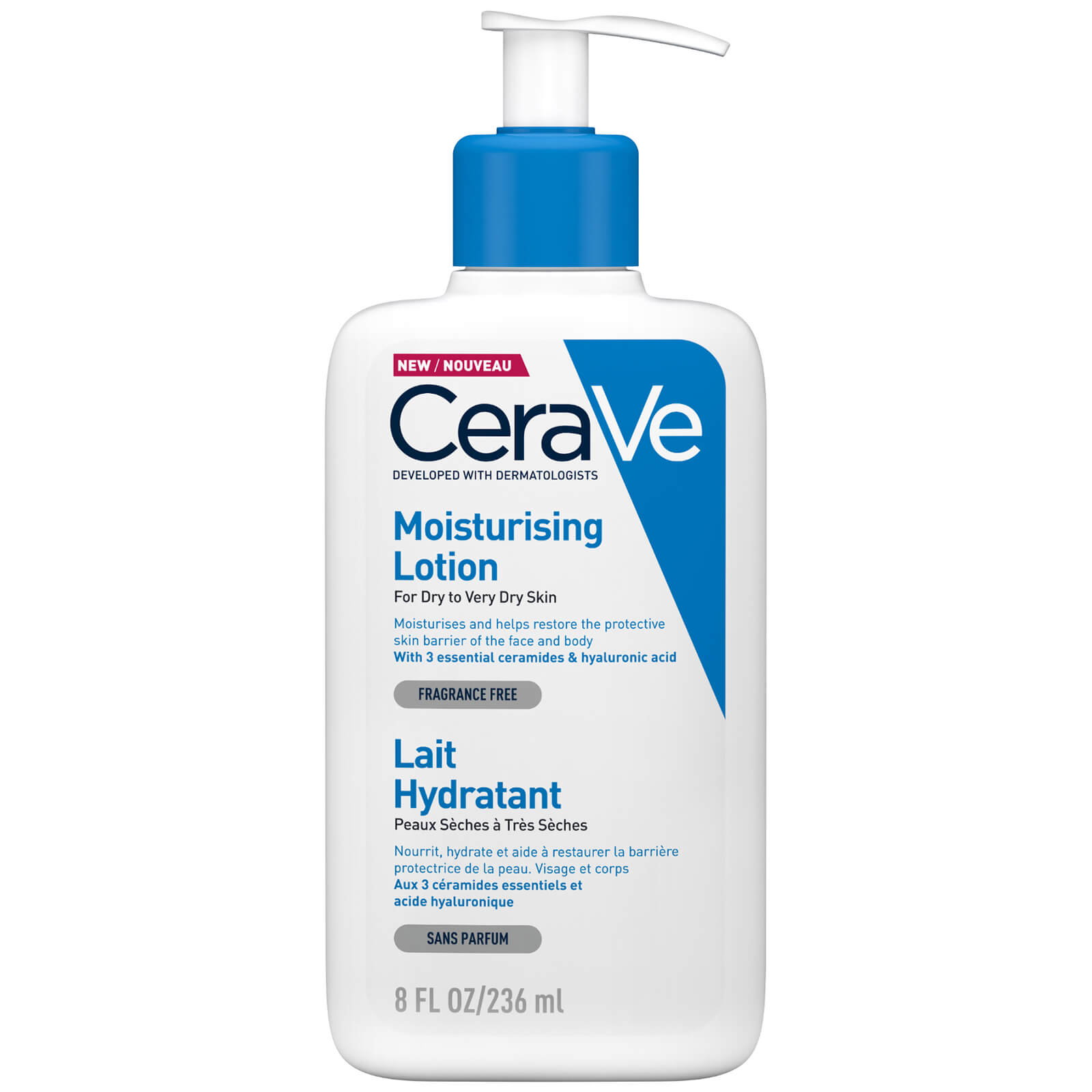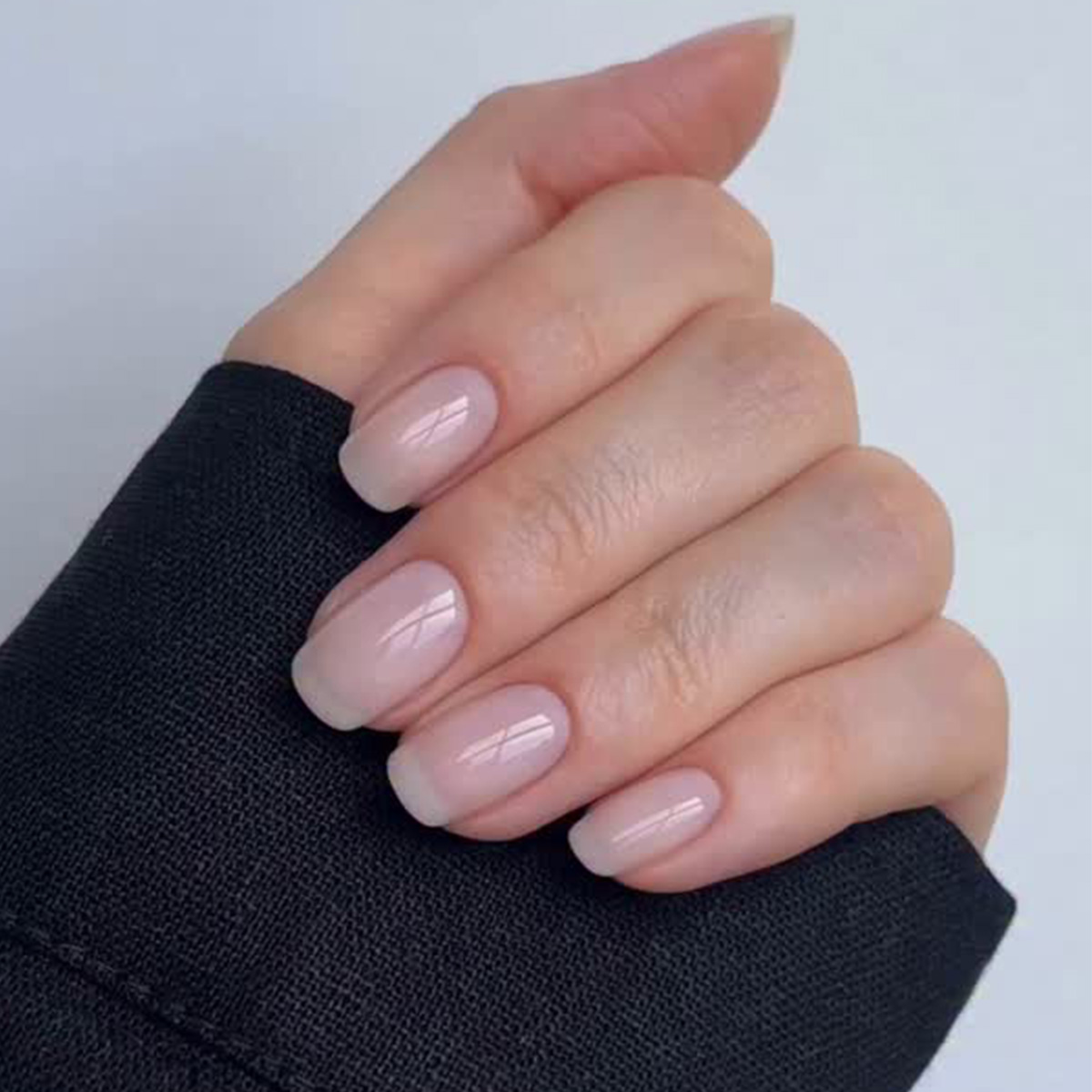Trust Me—This Hair-Removal Tool Is Way More Effective Than a Razor
It can really be a "choose your own adventure" situation when it comes to the hair-removal process, and there definitely isn't a lack of options. You could try waxing and sugaring, which can both last around three to four weeks. Shaving is an option if you want something relatively easy, inexpensive, and painless. You can even use depilatory creams or splurge on laser treatments.
There is, however, one under-the-radar hair-removal method that doesn't get talked about often but is still pretty effective, and that's using an epilator. The device has several tweezers attached to a rotating head, and you pass the device repeatedly over the area, as you would an electric razor. They come in different sizes and have different numbers of tweezers on the head. "Like conventional tweezers, epilators remove the hair directly from the root. This differs from shaving, which does not remove the root. Using an epilator means hair takes longer to regrow," explains board-certified dermatologist Ife Rodney, MD, FAAD, of Eternal Dermatology and Aesthetics.

The biggest pro to using an epilator is that it is able to remove hair from the root, which means you won't have to do touch-ups as often as you might have to with shaving. It's also quick and easy, says Rodney. "You can get salon-like hair removal when you're pressed for time. Another pro is that there is very little irritation to the skin's surface, unlike shaving and waxing," she adds.
All hair-removal techniques have a little bit of a pain factor (even shaving), and using an epilator is no different. Rodney says that the pain is on par with waxing since both techniques yank the hair from the root. It might even be more painful for you at first if you're new to epilators and have never waxed before. It all depends on your pain threshold, too.

But you'll want to be extra careful when using the device, as Rodney cautions that epilators can be very painful if misused. "Epilators also fail to address ingrown hairs and are not best for sensitive areas. You'll need to find one that keeps your skin's health and protection in mind," she adds.
When using the device, Rodney recommends pulling the skin taut before passing the machine over it and avoiding goosebumps. Make sure you're moving the device in the direction of hair growth, and don't press too firmly on the skin or pass through quickly, as those two things may cause irritation.
As for who can use an epilator, it can work on all skin types, but if you have sensitive skin, you'll want to be careful. If you have a severe skin condition, you may want to avoid it. Test on a small area at first, which will help you figure out if it's right for you.
As with other hair-removal techniques, you'll want to prep your skin beforehand and give it some TLC afterwards. Here's what Rodney recommends:
1. Exfoliate: Try to exfoliate at least one to two days before to remove dry skin and dirt that can cause irritation. Exfoliation can also prevent future ingrown hairs.
2. Shave or trim: You can try shaving about two to three days before to make the process easier, especially if you have hairs a half-inch long or longer.
3. Take a warm bath or shower: This will help soften and cleanse the skin.
4. Clean the epilator: Make sure the head of the device is clean to avoid infection.
5. Moisturize: After epilation, the skin can feel dry, so make sure to apply a soothing moisturiser right away. If it's causing discomfort, try an ice pack, anti-inflammatory cream, or aloe vera gel.
6. Don't touch your skin: Resist the urge to touch your silky-smooth skin since the area will be sensitive and your hands carry dirt and bacteria.
If you're intrigued but haven't used an epilator before, Rodney says you should look for a device that supports newcomers and that focuses on addressing sensitive skin. Choose a small epilator with low speeds or a manual one. "Once you get accustomed to epilating, you can try larger, more advanced devices," she adds.
Take a look at some highly rated options below.

This other option from Braun has MicroGrip tweezer technology and a wider head, making it easier to remove the shortest and most stubborn hairs. The device will adapt to the contours of your body thanks to a pivoting head. You can use it in the shower, too.
Hair-Removal Skincare Products
Before and after any type of hair removal, you'll want to make sure you're taking care of your skin to avoid any irritation, bumps, and ingrown hairs. These products can help.
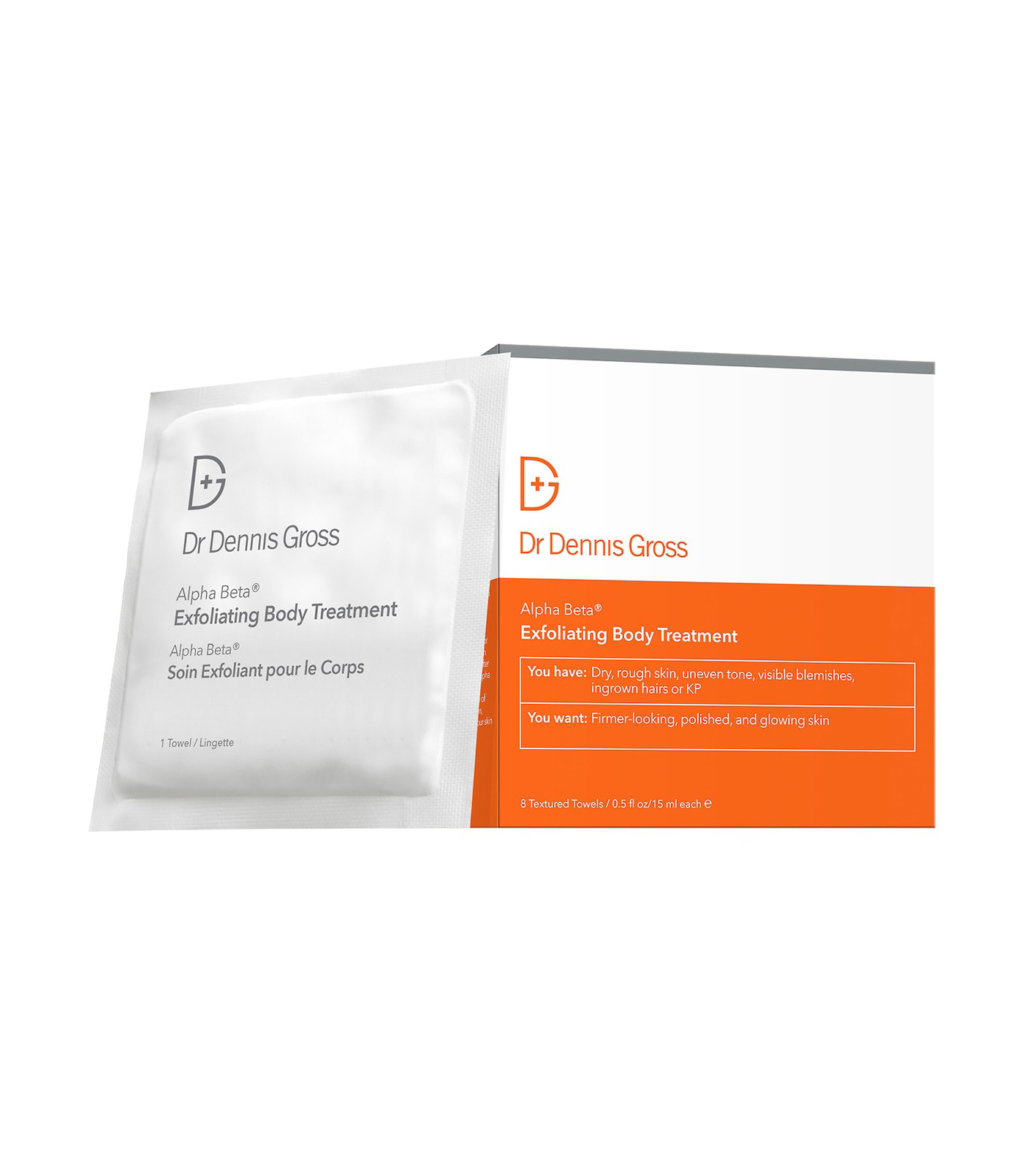
These editor-favourite pads have a lot of uses, but one of them is to treat and prevent ingrown hairs. The body treatment is formulated with glycolic, lactic, and salicylic acids, plus soothing squalane and aloe.
Next up, Hair Experts Just Told Us the Biggest Hair Trends for 2021
Sarah is lifestyle writer and editor with over 10 years of experience covering health and wellness, interior design, food, beauty, and tech. Born and raised in Los Angeles, she attended New York University and lived in New York for 12 years before returning to L.A. in 2019. In addition to her work at Who What Wear, she held editor roles at Apartment Therapy, Real Simple, House Beautiful, Elle Decor, and The Bump (sister site of The Knot). She has a passion for health and wellness, but she especially loves writing about mental health. Her self-care routine consists of five things: a good workout, “me” time on the regular, an intriguing book/podcast/playlist to unwind after a long day, naps, and decorating her home.
